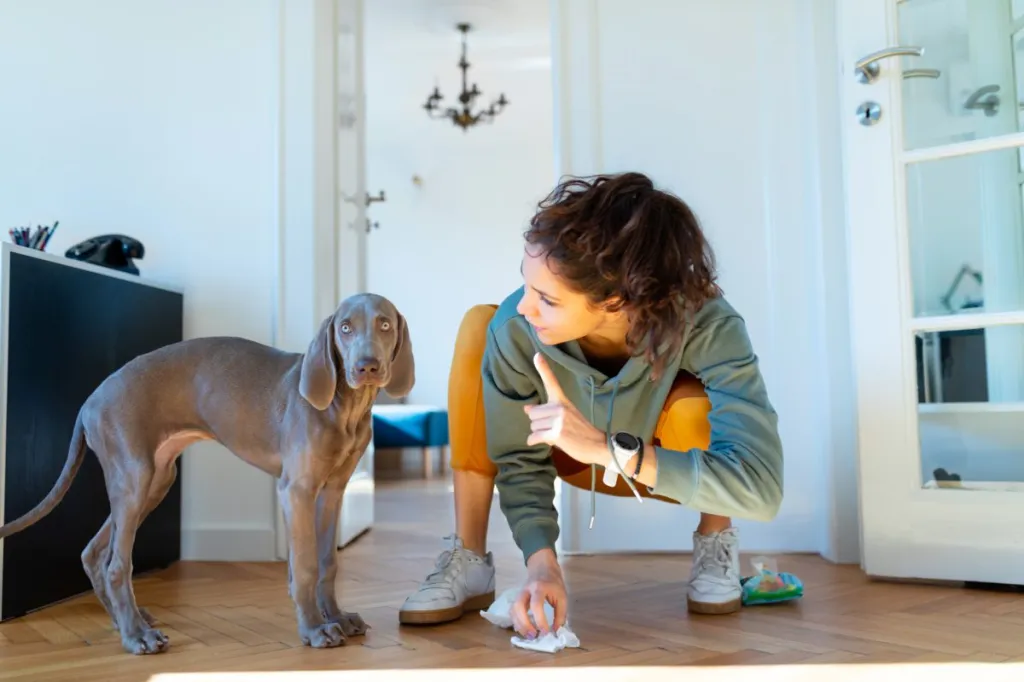Potty training a rescue dog can sometimes be a bit challenging, as their previous experiences and backgrounds may affect their behavior and learning process. However, with patience, consistency, and positive reinforcement, you can successfully potty train your rescue dog. Here are some steps to help you in the process:
Establish a potty training routine
Dogs thrive on routine, so it’s important to establish a consistent schedule for feeding, walking, and bathroom breaks. Take your dog outside to the designated potty area at regular intervals throughout the day, such as after meals, after waking up, and before bedtime. This helps them learn when and where they should go potty.
Choose a designated potty area
Select a specific spot in your yard or outside area where you want your dog to do their business. Take them to that spot consistently so they can associate it with going to the bathroom. The scent left behind will also help them recognize it as the appropriate location.
Supervise and confinement: It’s crucial to keep a close eye on your rescue dog, especially during the initial stages of potty training. Use a leash indoors or keep them in a confined area, such as a crate or small room, when you can’t actively supervise them. This prevents accidents and helps you redirect them to the appropriate area when needed.
Use positive reinforcement
Positive reinforcement is a powerful tool in training dogs. When your dog eliminates in the designated potty area, praise them enthusiastically and offer treats or a favorite toy as a reward. This positive experience helps them associate going potty in the right place with something pleasant. Avoid scolding or punishing accidents, as it can create fear and hinder the training progress.
Watch for signs
Learn to recognize the signs that your dog needs to go potty, such as circling, sniffing, or restlessness. When you see these signs, immediately take them to the designated potty area. By paying attention to their behavior, you can proactively prevent accidents and reinforce good habits.
Clean accidents thoroughly
Accidents are bound to happen during the potty training process. In case of accidents indoors, it’s essential to clean the area thoroughly with an enzymatic cleaner specifically designed for removing pet odors. Regular household cleaners might not completely eliminate the smell, and residual odors can attract your dog back to the same spot.
Be patient and consistent
Potty training takes time and effort. Be patient with your rescue dog, as they may have had previous experiences or trauma that affects their progress. Stay consistent with the training routine, using the same commands and cues each time. Reinforce positive behavior consistently, and avoid any confusion by sticking to a clear training plan.
Seek professional help if needed
If you encounter specific challenges or issues during the potty training process, don’t hesitate to seek professional help. A dog trainer or behaviorist experienced in working with rescue dogs can provide guidance tailored to your dog’s specific needs.
Remember that every dog is unique, and the time it takes to potty train a rescue dog can vary. Some dogs may catch on quickly, while others may take longer to learn. Stay positive, celebrate small victories, and remember that with time, patience, and consistent training, your rescue dog will develop good potty habits and become a well-trained member of your family.









